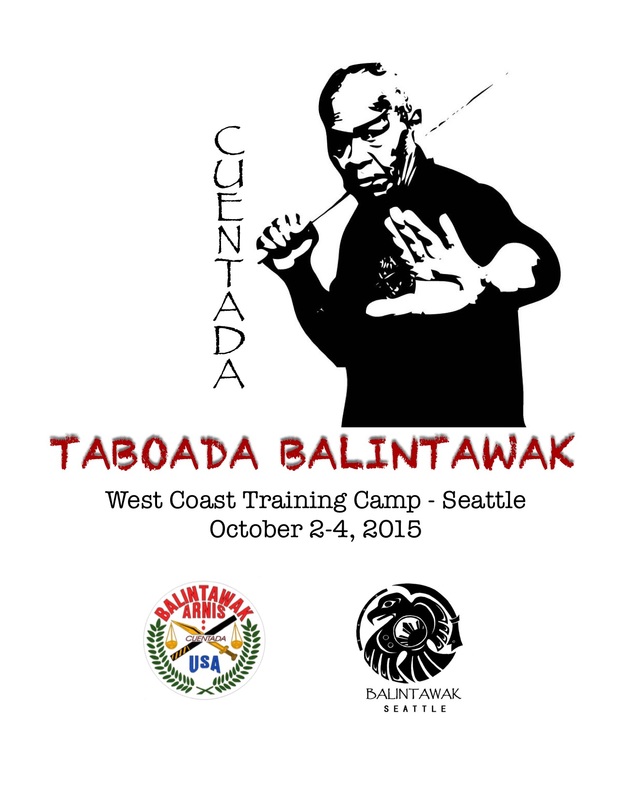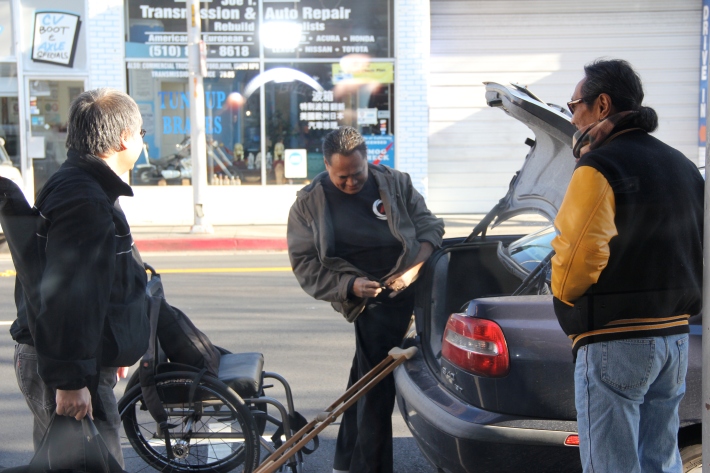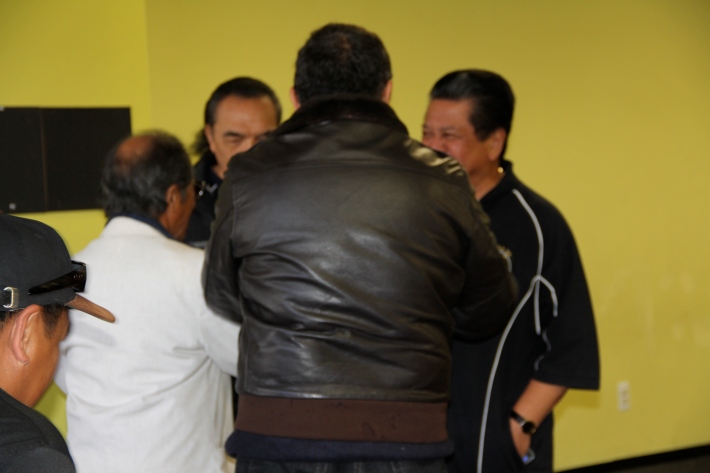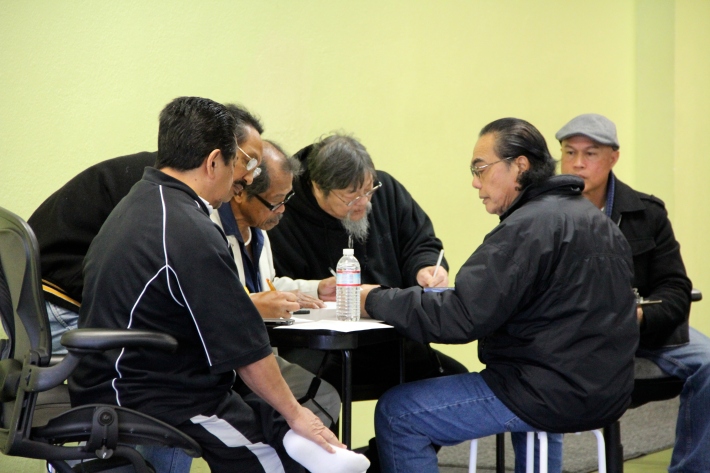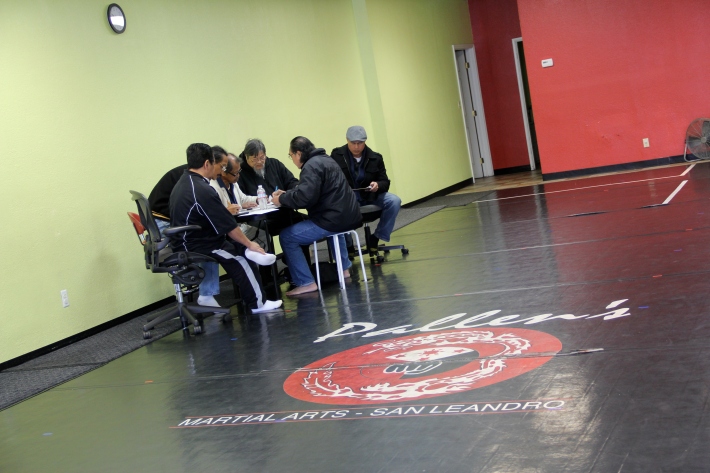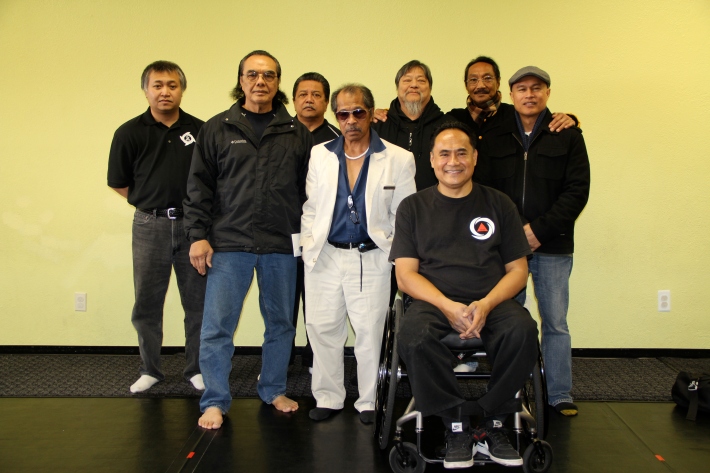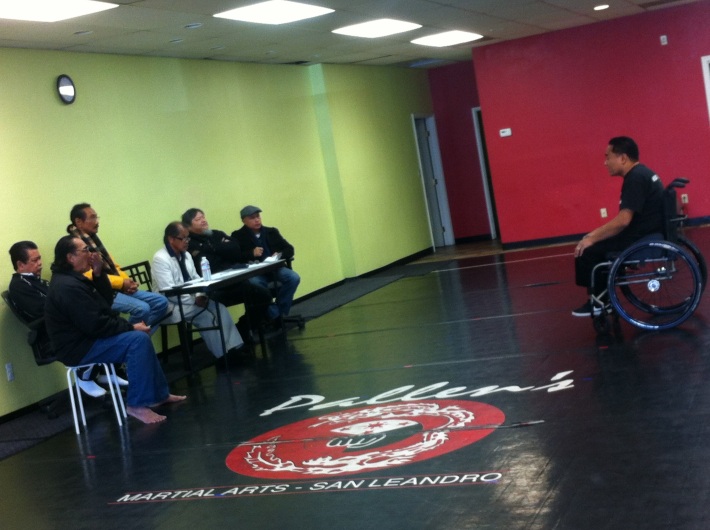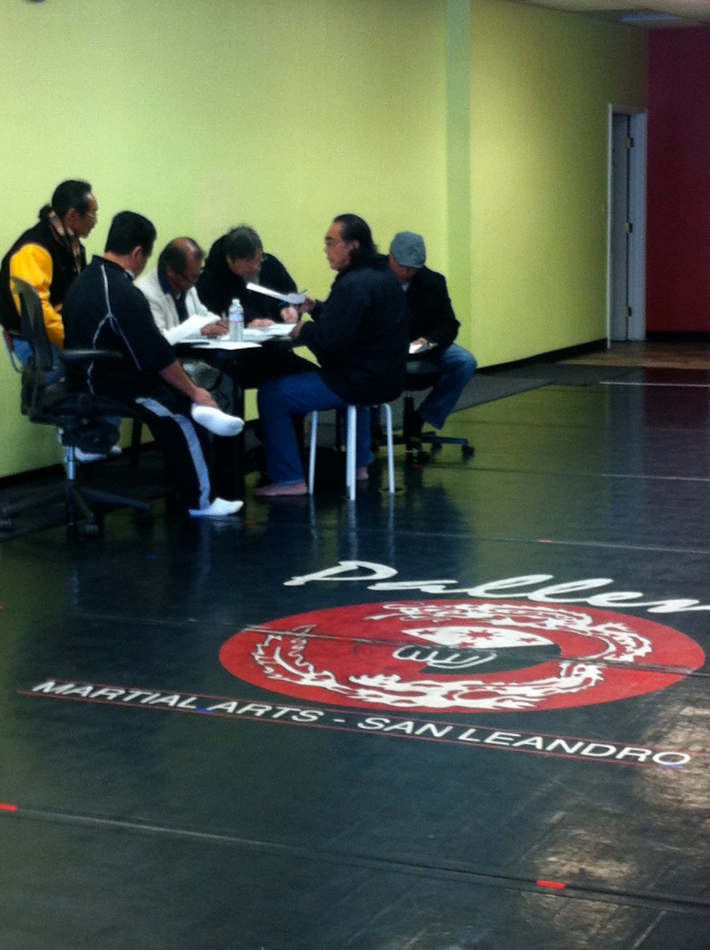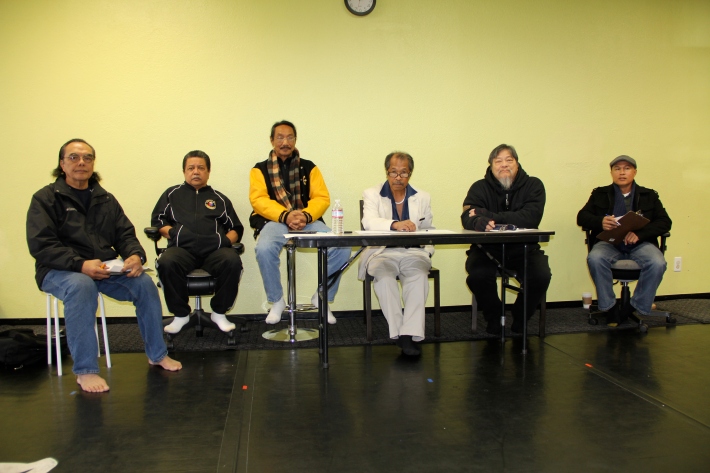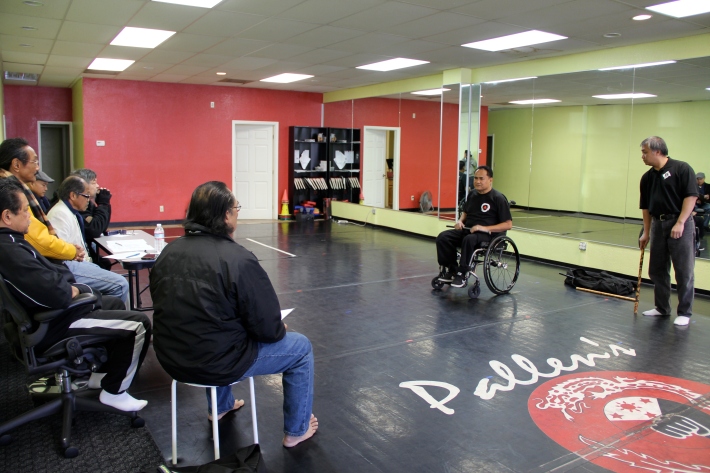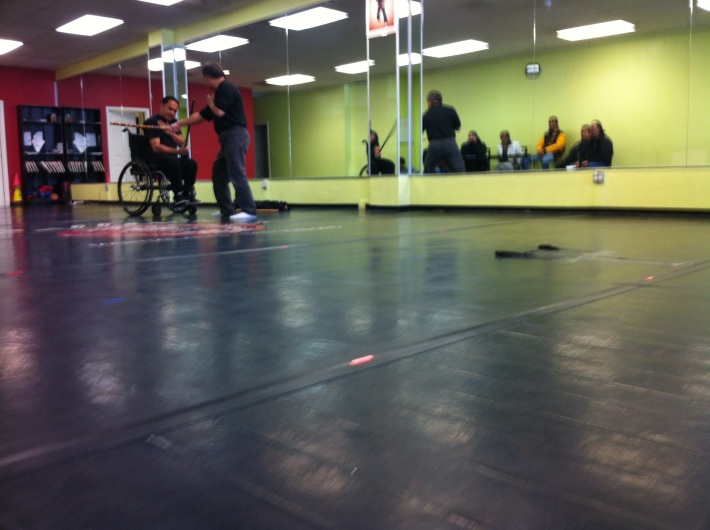Last week, we discussed the step drag shuffle. We began our study of linear footwork. This week, I’d like to build off that footwork into a shadowing drill. This drill can be used with any footwork pattern, but for the purposes of this blog post, I’m limiting it to step drag. Let’s dive right in.
Disclaimer: The footwork discussed below is from Counterpoint Tactical System as I’ve learned it from Master Zach Whitson. Any errors or inconsistencies are mine. The spirit of this series is me studying footwork in more depth. I don’t claim to know everything, and I will make mistakes. But, again, those mistakes are mine. Also, this article is for reference only and should be used as a secondary source only. Please, see a Filipino martial arts instructor if you wish to really and accurately learn these techniques.
In the GIF above, Joe and Kyle are moving slowing, in sync with one another forward and backward. The foot closest to the direction they want to move is the one that makes the step. So, if Kyle wants to move backwards, his back foot steps and the front drags. Joe moving forward steps with the front foot and drags the rear. When the students get the footwork down, I like to increase the complexity a bit by adding in a reaction drill. It’s not just a follow drill, though, it is a mirror drill. One student leads the footwork, and the second student mirrors the first. The lead student decides which way to move. It is up the second student to maintain the distance between them. The goal is for the second student to react to the first student. I call this a shadow drill because I want Joe to stick to Kyle as if he were Kyle’s shadow.
Joe and Kyle are moving slowly in the video because we start off everything slowly. I recommend starting off slowly to adjust to the mirrored movement. The lead student should not follow a set pattern. You can speed this drill up and train the following students reactions. Always keep in mind maintaining the distance is the goal. If you can control the distance, you can control where the fight takes place.
The example I used is the step drag footwork, but you can do this drill with whatever footwork you choose. I recommend working the drill by isolating each footwork pattern first. Then, you can increase complexity by mixing two different patterns, and each progression adds another pattern. You can follow a set pattern or let the lead student choose randomly. Happy Friday everyone!











